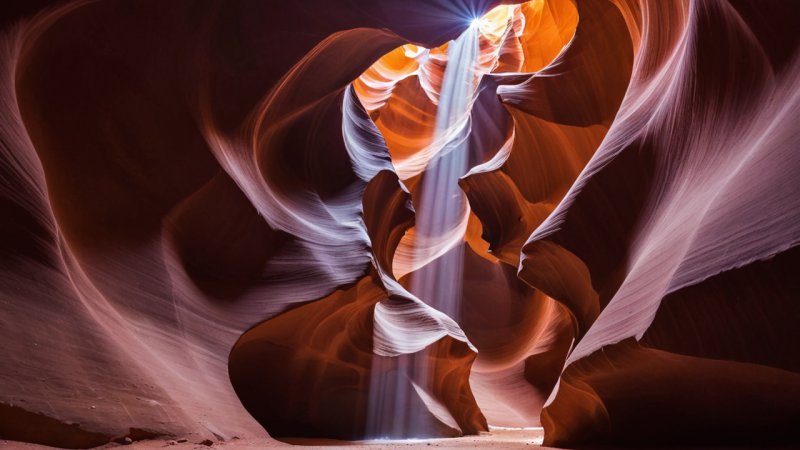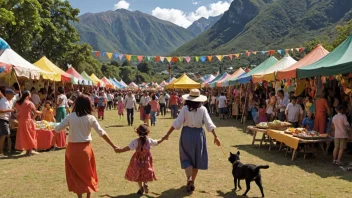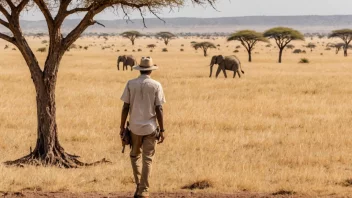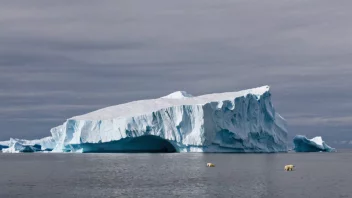Antelope Canyon, located in the heart of Arizona, is a stunning natural wonder that captivates visitors with its otherworldly landscapes and vibrant colors. This slot canyon, carved by the relentless forces of nature over thousands of years, offers an unparalleled experience for photographers, adventurers, and nature lovers alike. In this article, we will delve into the mesmerizing beauty of Antelope Canyon, explore its geological significance, provide travel tips, and highlight unique experiences that await those who venture into its depths.
Understanding Antelope Canyon
Antelope Canyon is divided into two main sections: Upper Antelope Canyon and Lower Antelope Canyon. Both sections provide breathtaking views and distinct photographic opportunities, but they differ in accessibility and crowd levels.
Upper Antelope Canyon
Upper Antelope Canyon, also known as “The Crack,” is the more popular section of the canyon. Its wide opening and towering walls make it accessible for visitors of all ages. The play of light within this section is particularly stunning, especially during the midday hours when sunlight beams down into the canyon, illuminating the sandstone walls in vibrant hues of orange, red, and purple. This phenomenon creates a perfect environment for photographers looking to capture the unique patterns and textures formed by the canyon’s erosion.
Lower Antelope Canyon
Lower Antelope Canyon, or “The Corkscrew,” offers a different experience, with narrower passages and a more rugged terrain. While it may require a bit more effort to navigate, the reward is worth it. The narrow corridors and unique rock formations create a more intimate atmosphere, allowing visitors to explore at their own pace. Photography enthusiasts will find excellent opportunities to capture the unique shapes and shadows that play along the canyon walls.
The Geological Journey
Antelope Canyon is a product of natural erosion caused by flash flooding and the continuous flow of water over sandstone. The canyon’s formation began millions of years ago when the area was submerged under an ancient sea. As the sea receded, wind and water erosion began to shape the sandstone, creating the smooth, flowing curves that are characteristic of the canyon today.
Understanding the geology of Antelope Canyon adds depth to the visit. The Navajo sandstone that forms the canyon is about 190 million years old, and the unique colors and patterns seen in the walls are a result of the mineral content and the way light interacts with the rock. The canyon is not only a visual feast but also a testament to the power of nature and geological processes.
Photography Tips for Antelope Canyon
For photographers, Antelope Canyon is a dream destination. However, capturing its beauty can be challenging. Here are some tips to help you make the most of your photography experience:
- Timing: The best time to visit is during midday when the sunlight penetrates the canyon, creating spectacular light beams. If you want to capture the iconic light beams, schedule your visit between 11 AM and 1 PM.
- Settings: Use a tripod for stability, especially in lower light conditions. A wide-angle lens can help capture the grandeur of the canyon, while a polarizing filter can enhance colors and reduce glare.
- Composition: Focus on the curves and lines of the canyon walls. Look for leading lines to draw the viewer’s eye into the image. Experiment with different angles and perspectives to create unique compositions.
- Be Patient: The canyon can get crowded, especially during peak times. Be patient and wait for moments when the crowds thin out to capture your ideal shot.
Unique Experiences in Antelope Canyon
Beyond photography, Antelope Canyon offers several unique experiences that can enrich your visit. Here are a few to consider:
Guided Tours
Access to Antelope Canyon is only permitted through guided tours, which are led by Navajo guides. These tours not only provide access to the canyon but also offer insights into the cultural significance of the area. Guides share stories about the history and geology of the canyon, enhancing the overall experience.
Combination Tours
Consider booking a combination tour that includes both Upper and Lower Antelope Canyon. This allows you to experience the distinct features of each section and maximize your time in this breathtaking area. Some tours also include visits to nearby attractions, such as Horseshoe Bend, providing a well-rounded adventure.
Photography Workshops
For those serious about photography, numerous workshops are available that focus on capturing the beauty of Antelope Canyon. These workshops, often led by professional photographers, provide hands-on instruction and tips for making the most of the unique lighting and landscape.
Travel Tips for Visiting Antelope Canyon
When planning your visit to Antelope Canyon, consider the following travel tips:
- Book in Advance: Tours can fill up quickly, especially during peak tourist season. It’s advisable to book your tour in advance to secure your spot.
- Check the Weather: Antelope Canyon is susceptible to flash flooding. Before your visit, check the weather conditions and any alerts regarding potential flooding.
- Wear Appropriate Footwear: The terrain can be uneven and sandy. Wear sturdy shoes that provide good traction to navigate the canyon safely.
- Stay Hydrated: Bring water, especially during warmer months. The desert climate can be dry and hot.
Conclusion
Antelope Canyon is a breathtaking natural wonder that offers a unique blend of geological beauty and cultural significance. Whether you are a photographer seeking the perfect shot, an adventurer looking to explore the stunning landscapes, or someone simply seeking a deeper appreciation of nature, Antelope Canyon promises an unforgettable experience. From its vibrant colors to its majestic formations, this remarkable canyon stands as a testament to the power of nature and the beauty it can create.






